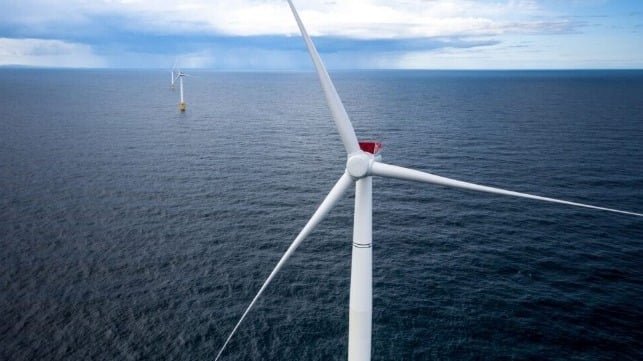The EPA Challenges Maryland’s Offshore Wind Project Approval
The federal Environmental Protection Agency (EPA) recently made a controversial move by asserting its authority over the final approvals for Maryland’s first offshore wind project. With the deadline for appeals on the project’s approval looming, the EPA sent a letter to Maryland’s Department of the Environment, claiming jurisdiction over the appeal process.
According to reports, the EPA identified an error in the state’s final permit decision, raising concerns about potential invalidation of the permit and confusion among stakeholders. The agency argued that the authority to issue the permit fell under federal jurisdiction delegated to the state, placing the appeal under the EPA’s oversight.
In response, Maryland clarified on its website that the appeals process for the permit was solely within the state’s jurisdiction. The state also reissued the public notice for the project in early June, a month before the EPA’s intervention.
Political Opposition to Offshore Wind Projects
The Trump administration’s stance against offshore wind energy projects is well-documented. In a similar vein, the EPA previously withdrew an air quality permit for a proposed New Jersey offshore wind farm in 2025, further complicating the project’s development.
Project Overview and Approvals
The offshore wind project by US Wind in Maryland involves two phases and aims to generate between 1.8 and 2 GW of power through a total of 114 wind turbines. The project received federal approvals in 2024 under the Biden administration, including a Record of Decision from the Department of the Interior and a Construction and Operation plan from the Bureau of Ocean Energy Management.
The lease area for the project is located approximately 8.7 nautical miles offshore of Maryland. US Wind, a partnership between Renexia and Apollo Global Management, secured the lease for nearly 47,000 acres in 2014. The project’s first phase, MarWind, entails 300 MW with 22 turbines, while the second phase, Momentum Wind, is planned for 800 MW with up to 55 turbines.
Legal Challenges and Commitment to the Project
Despite facing opposition and lawsuits in Delaware and Maryland, both the state and US Wind remain committed to the project. They emphasize adherence to legal processes and express confidence in the validity of the project’s permits.
As the offshore wind project in Maryland navigates through regulatory challenges, stakeholders continue to monitor developments closely, balancing environmental concerns with the potential benefits of renewable energy generation.

